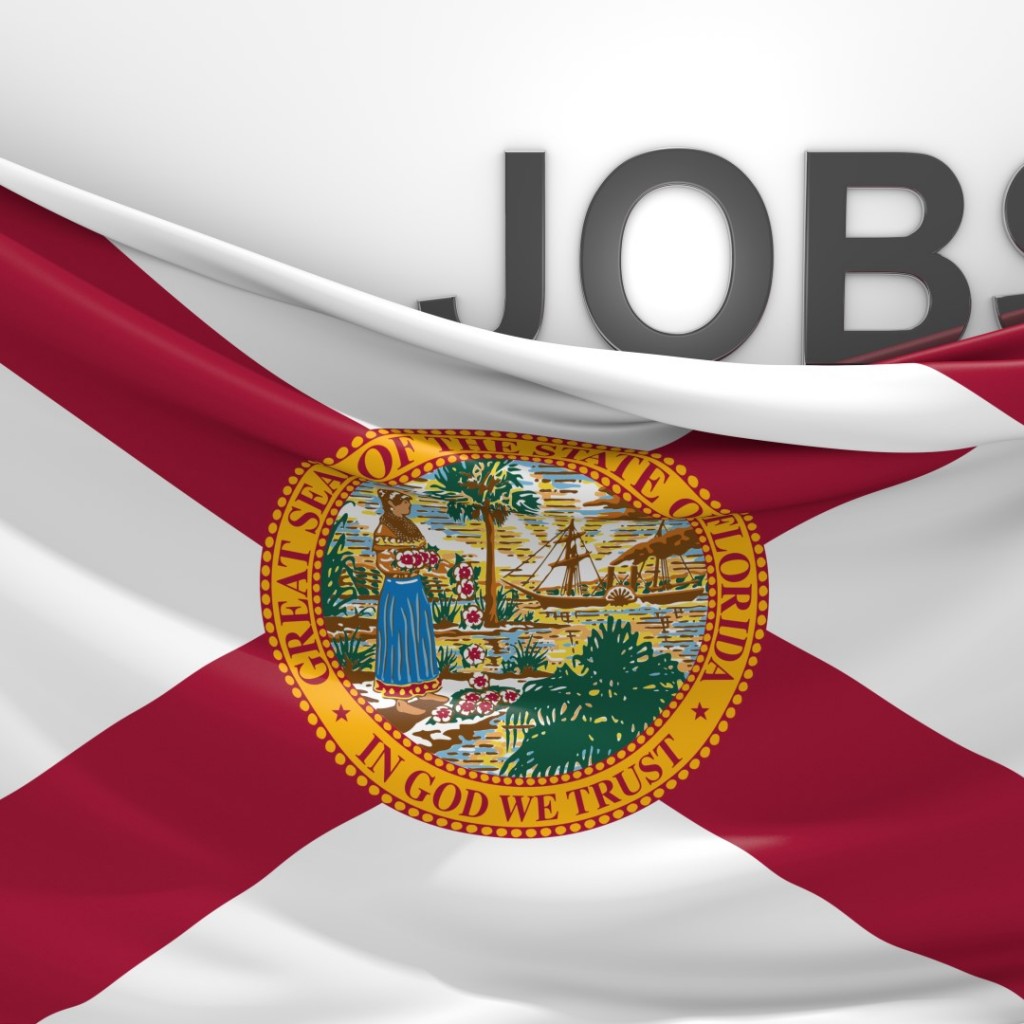
Florida’s unemployment rate dropped to 3.3 percent in November, the lowest point since 2006, Gov. Rick Scott announced Friday morning.
The governor’s last jobs report of his eight-year tenure [the December numbers will be reported after he leaves office] highlighted the point that 1.67 million private-sector jobs were added since December 2010, when Florida was in the depths of the Great Recession and the state’s unemployment rate was 10.8 percent. Scott took office the next month.
In November the state added 23,000 private-sector jobs and since November, 2017, has added a quarter-million jobs, according to the data provided by the Florida Department of Economic Opportunity. That was led by two of the lower-wage sectors of the state’s economy, leisure and hospitality, which added 53,200, and education and health services, which expanded by 50,700 jobs. There also were 45,400 jobs added to the professional and business services sector, and 32,900 in construction.
“I am excited about the economic success that Florida has been able to achieve over the past eight years. Our unemployment rate being at 3.3 percent and nearly 1.7 million jobs being created since December 2010 has allowed so many Floridians the opportunity to live their dreams in the Sunshine State,” Scott stated in a news release.
Florida’s seasonally-adjusted unemployment rate dropped to 3.3 percent from 3.4 percent in October and from 3.9 percent in November of 2017, even though the labor force grew by 1.1 percent over the past year.
In November, the Fort Walton Beach area had the lowest unemployment rate of any of Florida’s metropolitan statistical areas, at 2.6 percent, followed by Orlando at 2.7 percent, and Fort Lauderdale at 2.8 percent. The highest unemployment rate was reported in Panama City, just devastated by Hurricane Michael, with a 6.2 percent jobless rate, followed by The Villages at 4.6 percent.


